The construction industry has long been a primary contributor to environmental degradation due to its heavy reliance on energy-intensive materials like concrete, steel, and bricks. As global attention shifts towards sustainability, the need for innovative building materials that minimize environmental impact is becoming increasingly evident. One such material that promises to transform the construction landscape is mycelium brick.
What Are Mycelium Bricks?
At its core, mycelium is the fungal root structure composed of a network of thread-like fibers known as hyphae. This living organism grows beneath the surface of organic materials such as wood or soil. Its primary role in nature is to break down organic matter, recycling nutrients back into the ecosystem. Scientists have harnessed this natural property of mycelium, combining it with agricultural waste, sawdust, and other organic materials to create mycelium bricks.
The production process of mycelium bricks involves placing a mixture of mycelium spores and organic waste into molds. Over time, the mycelium grows and binds the materials together, forming a solid, durable structure. Once the growth is completed, the material is dried to halt the growth of the fungus, creating a stable and strong brick.
Mycelium bricks are not only strong and durable, but they are also lightweight, insulating, and biodegradable. These properties make them a compelling alternative to traditional building materials like concrete and clay bricks.
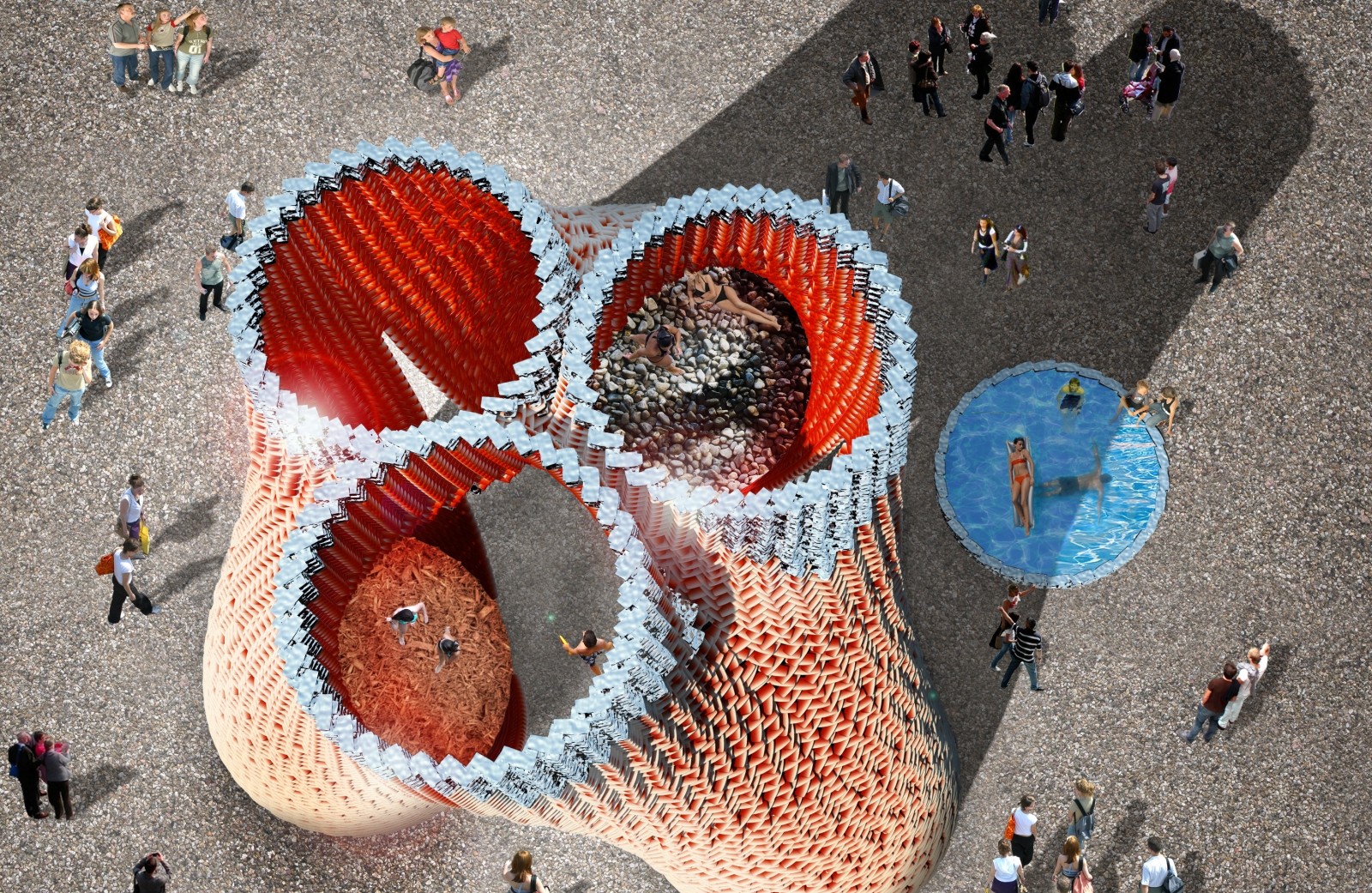
Benefits of Mycelium Bricks in Construction
- Low energy required for production compared to concrete and clay bricks
- Utilizes organic waste and absorbs carbon during growth
- Biodegradable, reducing landfill accumulation
- Contributes to a circular economy
- Lighter than traditional materials, reducing transport and labor costs
- Easier to handle on-site, improving construction efficiency
- Provides effective thermal insulation due to porous structure
- Helps lower energy use for heating and cooling
- Can be produced using inexpensive or free waste materials
- Grown at ambient temperatures, reducing energy costs
- Local production minimizes transportation expenses
- Overall cost expected to decrease with wider adoption
- Naturally resistant to fire, especially when treated
- Does not spread flames like wood-based materials
- Suitable for areas prone to wildfires or dense urban zones
- Free from VOCs and toxic substances
- Improves indoor air quality
Applications of Mycelium Bricks in Construction
Mycelium bricks have several promising applications in the construction industry due to their sustainability, lightweight nature, and thermal properties. Below are key areas where these bricks can be effectively utilized in construction:
Sustainable Building Materials
Mycelium bricks can replace conventional building materials like concrete or clay bricks in construction projects. They are lightweight, reduce energy consumption, and lower the carbon footprint associated with the production and transportation of building materials. Mycelium bricks are especially suitable for green buildings and eco-conscious architecture.
Building Insulation
Mycelium bricks provide excellent thermal insulation. Their porous structure helps trap air, which enhances their ability to retain heat and keep indoor spaces cool in warm weather. As such, they can be used as insulating materials for walls, floors, and roofs, reducing energy consumption for heating and cooling and improving building energy efficiency.
Non-Load-Bearing Walls
Due to their lightweight and insulating properties, mycelium bricks can be used for non-load-bearing interior walls and partitions. These walls are ideal for areas that require thermal and acoustic insulation without adding significant weight to the structure. This application is particularly useful in residential and commercial spaces looking to create energy-efficient designs.
Temporary and Modular Structures
For projects that require temporary structures or modular construction, mycelium bricks can provide an effective solution. These buildings can be constructed quickly, and once no longer needed, the materials can be easily broken down or repurposed, minimizing waste and supporting a circular economy.
Exterior Cladding and Facades
Mycelium bricks' natural appearance and insulating properties make them a great option for use as cladding material or facades in buildings. These applications can offer both aesthetic appeal and functional benefits, such as reducing heat transfer and enhancing the overall energy efficiency of the building.
Notable Mycelium-Based Construction Projects
Hy-Fi Tower (MoMA PS1, New York)

The Hy-Fi Tower, built in 2014 by The Living architectural team, is a groundbreaking project that used mycelium bricks grown from agricultural waste. This 40-foot tower, showcased in MoMA’s PS1 courtyard, demonstrated mycelium’s potential as a lightweight, sustainable construction material. Though mycelium bricks are not as strong as traditional materials, they were still able to support the structure, emphasizing the material's promise in non-load-bearing applications.
MycoTree (Germany)

MycoTree is an experimental project designed to explore mycelium’s use in innovative architectural forms. Developed by researchers and architects, it features a spatial, branching structure made entirely from mycelium. This project highlights how mycelium can provide stability in unique designs, proving that the material can go beyond basic insulation and offer new possibilities for architectural creativity.
Leading Companies Innovating with Mycelium Construction
Ecovative Design
Ecovative is a frontrunner in mycelium-based innovation. Their work spans various sectors, including packaging and construction. With the Mushroom House project, Ecovative is leading the charge in integrating mycelium into residential buildings, offering a sustainable alternative to conventional construction methods. Their efforts aim to minimize energy consumption and environmental impact while advancing mycelium’s viability in construction.
Biohm
Biohm is at the forefront of developing scalable mycelium-based materials. The London-based design studio is pushing for the mainstream adoption of mycelium in the construction industry by creating eco-friendly solutions like insulation and structural components. Their work focuses on upcycling agricultural waste, making mycelium a versatile and sustainable material choice for the future of architecture.
NASA's Mycelium Habitat Research (Mars)
NASA is conducting groundbreaking research to explore the potential of mycelium in building habitats for future Mars missions. Their focus is on developing structures that can be grown on Mars using local resources, including mycelium. This innovative project aims to create sustainable, lightweight buildings that could withstand the harsh conditions of the Martian environment, reducing reliance on Earth-based materials.
Challenges and Limitations of Mycelium Bricks
While mycelium bricks offer numerous benefits, they are not without their challenges. Some of the main limitations include:
Strength and Durability
One of the key challenges with mycelium bricks is their relatively low compressive strength when compared to concrete. Mycelium bricks are not suitable for load-bearing walls in high-rise buildings or structures that require high levels of strength and stability. Although researchers are working on improving the material's strength, it may take time before mycelium bricks can compete with traditional building materials in structural applications.
Moisture Sensitivity
Mycelium bricks are susceptible to moisture damage. If exposed to high humidity or direct water contact, the mycelium can deteriorate, weakening the material. To mitigate this, treatments can be applied to improve moisture resistance, but until such treatments are widely standardized, mycelium bricks may not be ideal for use in areas with high moisture exposure.
Scalability
The production of mycelium bricks is currently not scalable to meet the needs of large-scale construction projects. While small-scale production is feasible, scaling up the manufacturing process for widespread use presents challenges, including quality control, uniformity, and the availability of organic waste material in sufficient quantities. As the demand for sustainable building materials grows, scaling up mycelium production will be essential for its widespread adoption.
The Future of Mycelium Bricks in Construction
Despite the challenges, the future of mycelium bricks looks promising. As research into fungal-based materials continues to advance, the material’s properties are expected to improve, including its strength, moisture resistance, and scalability. Researchers are exploring ways to reinforce mycelium bricks with additional materials to enhance their structural properties, making them more viable for a broader range of construction applications.
The increasing demand for sustainable and eco-friendly construction materials also suggests that mycelium bricks will play a pivotal role in the future of the construction industry. With growing concerns about climate change, energy efficiency, and waste reduction, mycelium could be the key to building the next generation of green buildings.
Conclusion
Mycelium bricks represent an exciting breakthrough in sustainable construction. Their environmentally friendly production process, lightweight nature, thermal insulating properties, and biodegradability make them a compelling alternative to traditional building materials. As the construction industry continues to seek innovative solutions to reduce its environmental footprint, mycelium bricks could become a critical component of sustainable building practices. While challenges remain, particularly regarding strength and scalability, the ongoing development of mycelium-based materials shows immense potential for the future. As the demand for eco-conscious, cost-effective building solutions rises, mycelium could play a crucial role in shaping the sustainable architecture of tomorrow.
Images- en.reset.org,land-der-ideen.de/en,dezeen.com, archdaily.com

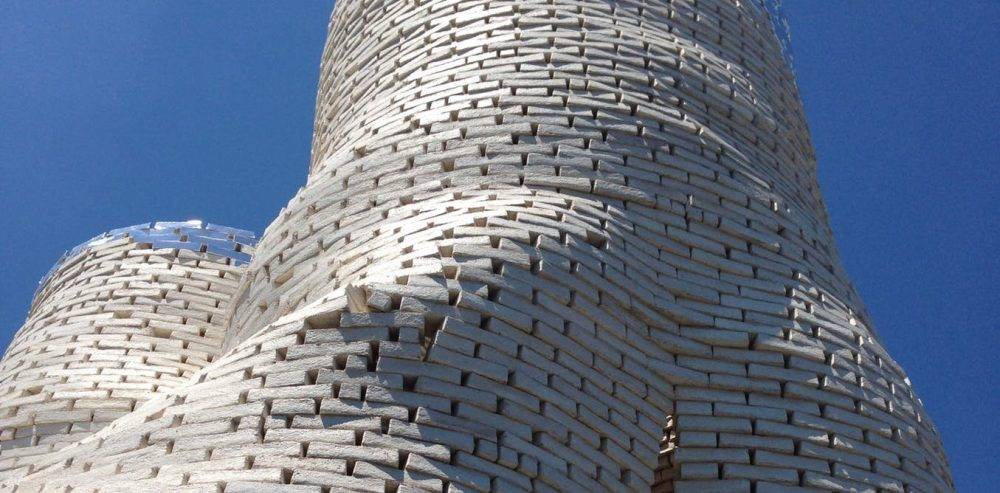
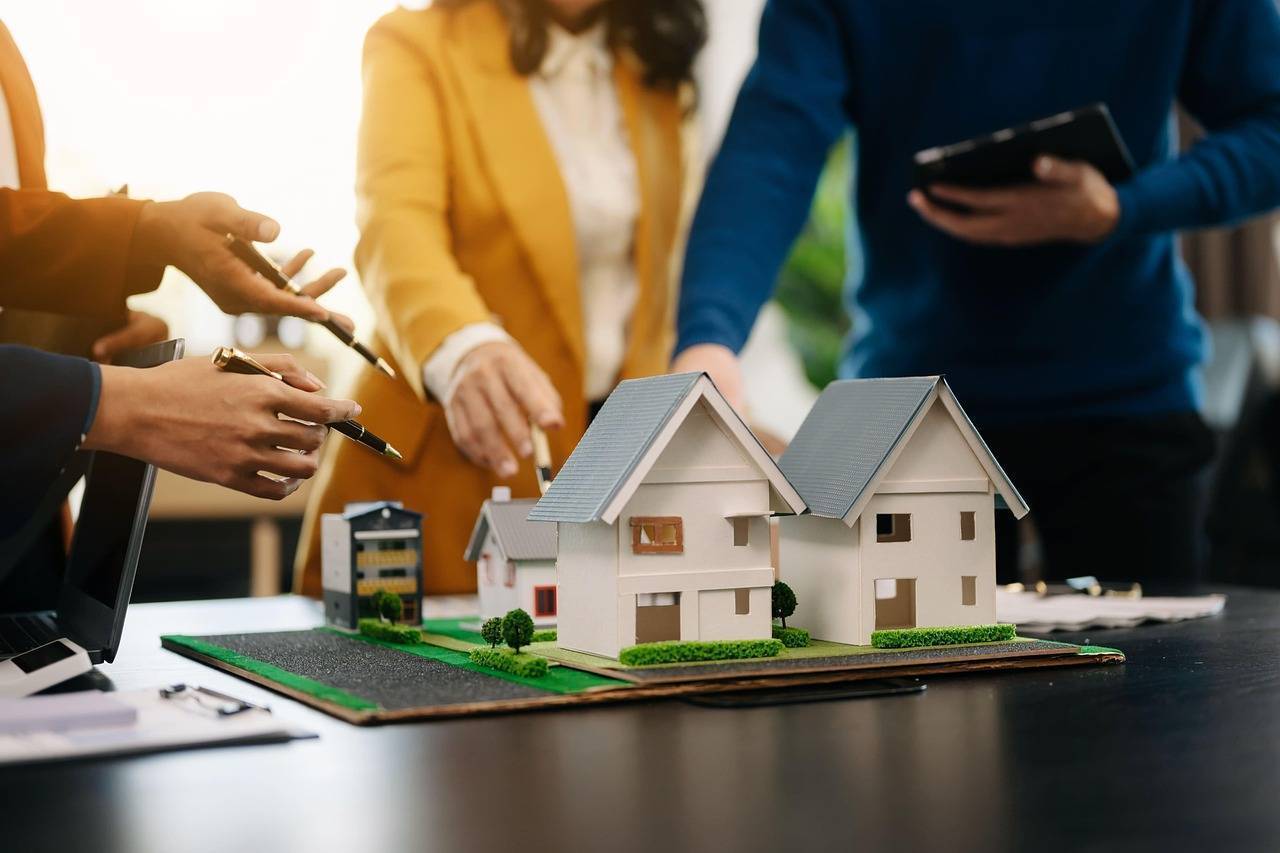

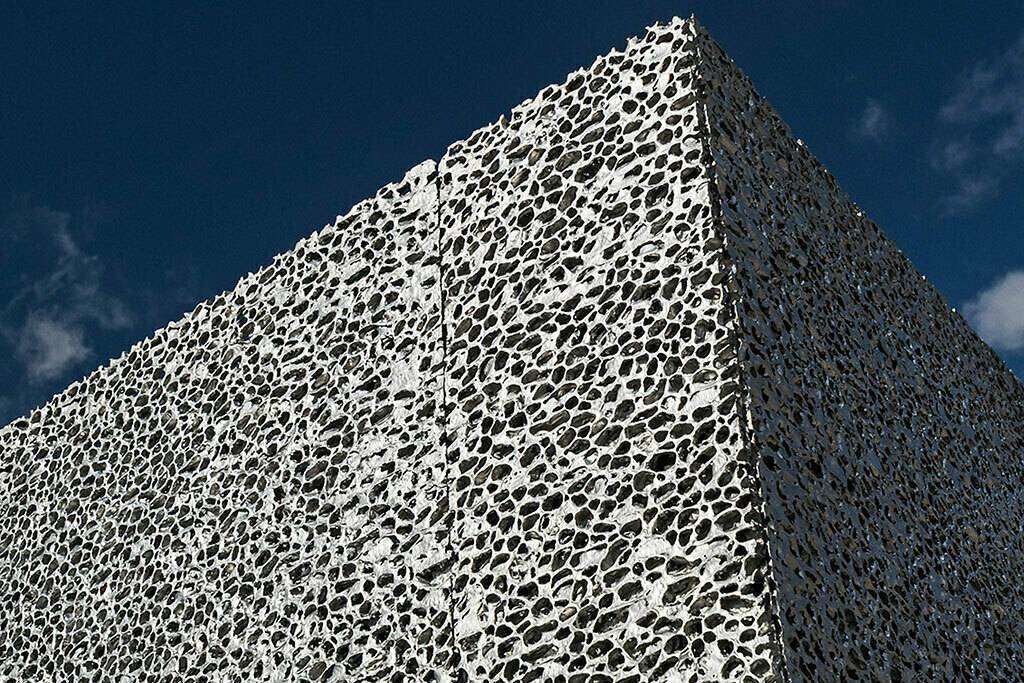


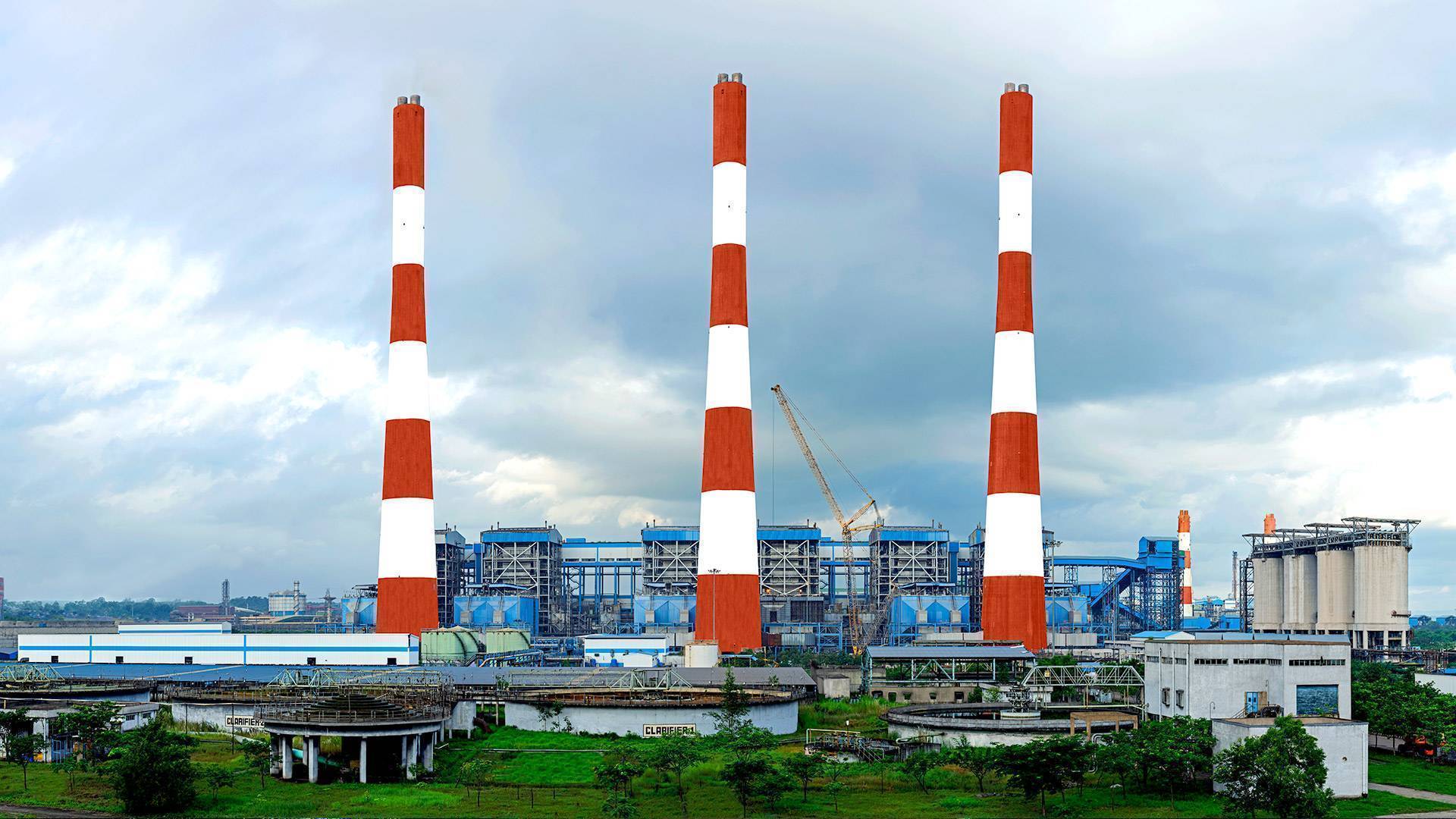

.png)